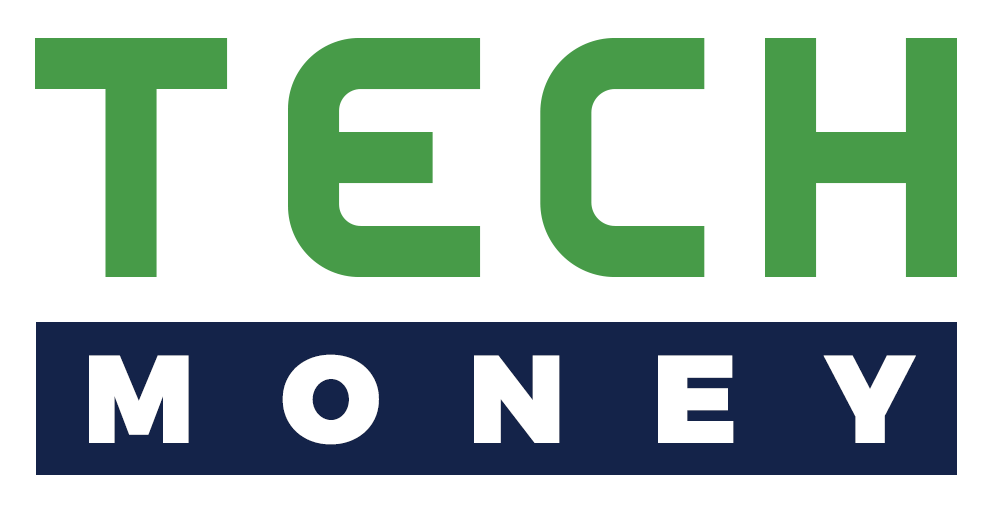If you recently changed jobs or are currently considering an offer for a new one, you have probably thought about your new salary and benefits package, the commute, and perhaps even how you will reward yourself for a job well done. However, there is a good chance you may not have given much thought to what you will do with the money accumulated in your former company’s 401(k) plan.
Having a plan for that money will better ensure that you preserve your savings and that they continue to grow pending your eventual retirement. Any time you leave a company where you have contributed to the 401(k) plan, you have three options regarding what to do with the money you have saved. You may either (1) roll the balance to your new company’s plan or another tax-advantaged retirement savings plan, (2) leave it there, or (3) liquidate it and receive your entire balance in cash.
If you elect to cash out your retirement savings upon leaving your employer, you will not only lose out on the future compounding of those retirement assets, but you will also lose a significant portion of those savings to taxes and penalties. Assuming you are neither on the verge of retirement nor old enough to begin taking required minimum distributions, cashing out your account is the least desirable option of the three.
The best option is to take your 401(k) account with you. Whether you move the money from one 401(k) plan to another or to an IRA, you have the option of either an indirect or a direct rollover. Both options have the potential for a tax-free movement of assets from one retirement savings vehicle to another, but one involves more risk to get there.
A direct rollover helps you avoid the temptation to spend your savings and ensures that your retirement funds make it to their intended destination. With a direct rollover, all you must do is provide your former employer or plan administrator with the new financial institution’s name, address, and deposit instructions. At your instruction, they will send your distribution directly to your IRA or new employer’s plan. This way, you can have confidence that you will not lose any of your account balance to taxes, penalties, or temptation.
Conversely, with an indirect rollover, your account will be liquidated, and the remaining balance will be mailed to you via check. It is important to know that once the check is cut, it is your responsibility to deposit it into an IRA or in your new employer’s plan within 60 calendar days to avoid penalty. For one reason or another, many people do not end up completing the rollover once they have the check in hand. Any amount not rolled over will be taxable as ordinary income, and if you are younger than 59½, the full amount will be subject to the 10% early distribution penalty as well.
While IRAs are popular vehicles for consolidating retirement savings and the investment flexibility they provide, most 401(k) plans limit your choices to a few mutual funds — mostly equity funds and a bond fund or two — and that is it. They also limit the number of times per year you may rebalance your portfolio or change up your investment mix. Nonetheless, with an IRA, you may trade freely, and almost any type of investment is available to you.
A key benefit to rolling over to an IRA rather than your new company’s 401(k) plan is that you may consolidate retirement savings from prior jobs into one convenient location. Rolling over to a single IRA can also help you get a better overall picture of your asset allocation and ensure that your investments are working in concert with one another. This way, you would receive one account statement for all your retirement assets, have only one set of account access information to remember, and may be able to reduce any associated fees.
On the other hand, if you like the investment options and plan services offered by your former employer’s plan and believe the fees you pay are reasonable, you may elect to leave your savings where they are. More commonly though, one of the challenges of leaving your 401(k) with your former employer is that you likely will not receive correspondence about any changes to the plan, as those are typically communicated through internal channels.
While comparing the fees and features of each potential rollover destination will help you identify the best location for your nest egg, this one is mostly a matter of preference. Some people base their decision solely on fees while others are more concerned with having access to financial advice or more sophisticated retirement planning tools. While most 401(k) plans pass some of the account management fees along to the employees who participate in the plan, few IRA custodians charge their account holders an annual administration fee solely for having an account. They do, however, charge varying fees for access to a dedicated financial advisor to provide guidance, as necessary.
Since much of the focus of companies who manage corporate retirement plans is paid to larger companies with larger plans, employees of small or mid-sized companies are also susceptible to having only high-cost and underperforming funds in their lineup. The lack of investment options is especially evident in the plans of companies who utilize a bundled or one-size-fits-all plan solution.
Whether you choose a direct or indirect rollover to either your new company’s plan or an IRA, be careful to check and make sure that any after-tax contributions you once made to your former employer’s plan is rolled over to a tax-free, Roth IRA. If you mistakenly commingle after-tax and pre-tax contributions in the same pot, it can be a nightmare to get sorted out later.

